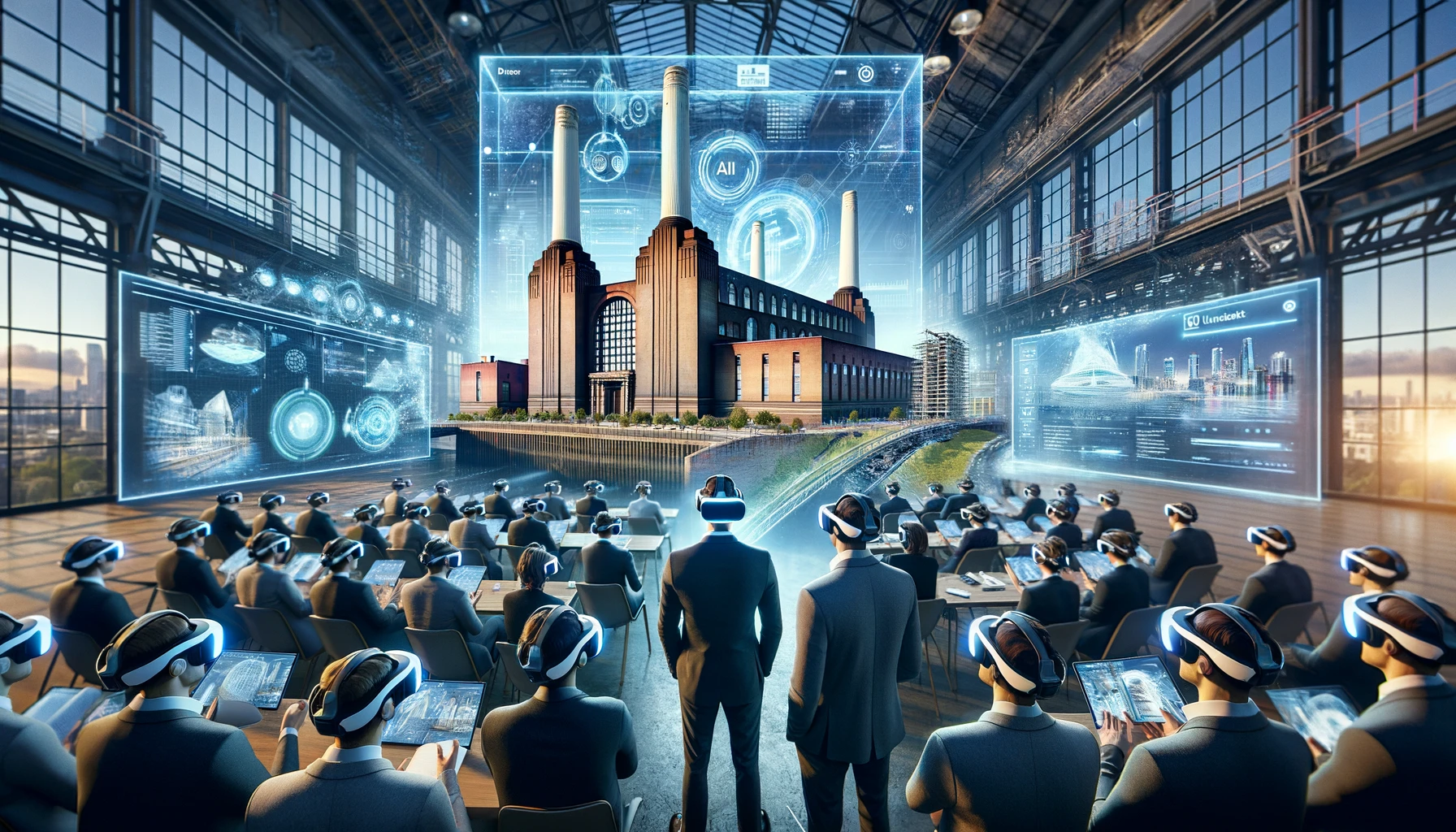Phone:
(701)814-6992
Physical address:
6296 Donnelly Plaza
Ratkeville, Bahamas.

The Impact of Artificial Intelligence on Civil Engineering and Architecture Design : The integration of Artificial Intelligence (AI) in civil engineering and architectural design marks a paradigm shift, offering unprecedented capabilities in designing, planning, and constructing built environments. This article delves into the specific impacts of AI, highlighting advanced tools and real-world applications that exemplify this transformation.

AI’s role in risk assessment is exemplified by tools like Autodesk’s BIM 360, which uses machine learning algorithms to predict risks and suggest mitigation strategies. A notable case study is the San Francisco Transbay Transit Center project, where AI was used to assess structural integrity, resulting in timely interventions that prevented potential setbacks.
Software like Bentley Systems’ SYNCHRO, utilizing AI, offers optimization in resource allocation and workflow scheduling. This technology was instrumental in the efficient construction of the Merdeka PNB118 tower in Malaysia, where AI-enabled systems streamlined the project’s timeline and resource management.
The use of autonomous drones and robots, as seen with Komatsu’s Smart Construction technology, illustrates AI’s impact on construction automation. These AI-driven machines were pivotal in Japan’s Smart Construction initiative, enhancing productivity and safety in various infrastructure projects.
AI-driven tools like Morpholio Trace and ArchiStar.ai are reshaping architectural creativity. Morpholio Trace, for instance, assists in generating design iterations, while ArchiStar.ai provides AI-based zoning and feasibility analyses. The AI-assisted design of the Tencent headquarters in China demonstrates how such tools can lead to innovative architectural solutions.
Parametric design software like McNeel’s Grasshopper, integrated with AI, is at the forefront of sustainable design. A prime example is the AI-driven design of the Copenhagen International School, where the facade’s solar panel layout was optimized for maximum energy efficiency using AI algorithms.
AI-enhanced VR and AR tools, such as Unity Reflect and Enscape, offer immersive design experiences, allowing clients to visualize projects in real-time. The redevelopment of London’s Battersea Power Station used these technologies for client presentations and stakeholder engagement, ensuring alignment with the vision and requirements.
![]()
Despite AI’s transformative potential, the industry faces challenges like the need for AI-literate professionals and ethical considerations regarding data usage and job displacement. However, the benefits, including precision, efficiency, and enhanced creativity, present compelling reasons for its adoption.
The future of civil engineering and architectural design with AI promises smarter, safer, and more sustainable solutions. As professionals and industry leaders continue to embrace AI, the built environment is poised for a new era of innovation and excellence.
Other Important Links:
Comment below with your views about latest AI trends in Civil Engineering.